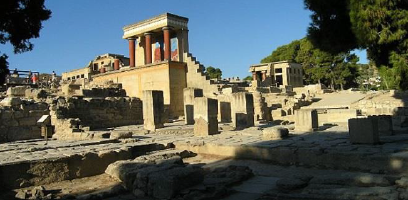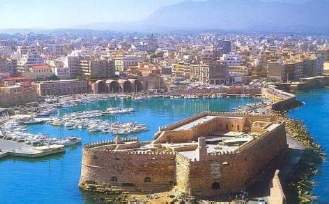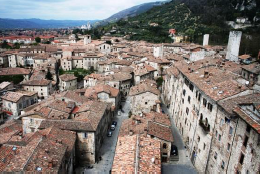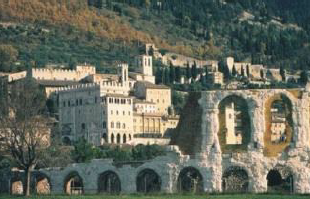Cultural heritage monuments and assets are facing some threats:
- Natural hazards (floods, storms, earthquakes, among others….)
- Effects of temperature and moisture
- Environmental pollution
-> structural instability
-> materials degradation
-> corrosion
-> others…
But Governmental budget constraints limit mitigation strategies. Therefore, effective management tools for cost-effective maintenance and restoration are needed.
Consequently, the HERACLES project has developped an innovative systematic approach:
1. HERACLES targets 6 needs following the innovation plan:
- To deal with the widespread set of worldwide CH (cultural heritage) assests
- To face climate change risks in combination with other environmental factors
- To achieve a situational awareness of the site and of the embedding territory
- Assure long term preservation coupled with risk and crisis management
- To respect the integrity and improve the social-economic value of CH
- To improve research and industrial excellence in CH preservation
2. To answer those needs, HERACLES prioritizes 5 elements:
- Integrated dashboard of heterogeneous tool boxes on sensing/environmental technologies coupled with diagnosis/structural analysis
- ICT platform for a situational awareness and decision support
- Innovative solutions and materials for sustainable maintenance and remediation
- Guidelines and protocols for preservation and risk management
- Methodologies for improvement of the awareness of the social and cultural value of CH
3. The project will be validated in three challenging test beds, key study cases for the climate change impact on European CH assets:
-> Greece, Crete –the Minoan Knossos Palace and the Venetian coastal monuments (sea fortress of “Koules”) of Heraklion
An important sector of CH in Greece and in Europe is that on coastal area throughout the Mediterranean (cities, ports lighthouses, fortress and other monuments that face the risk of hazards from climatic change, such as significant impact from the sea.
 |
 |
| Archaelogical site | Living area |
-> Gubbio instead, want to represent all the historical monumental towns in Italy and in Europe, that were conceived and built in the past following criteria when the climate conditions were very different from nowadays, and that suffers at present the effects of climate changes, that would endanger their safeguard.
 |
 |
| Living town | |



